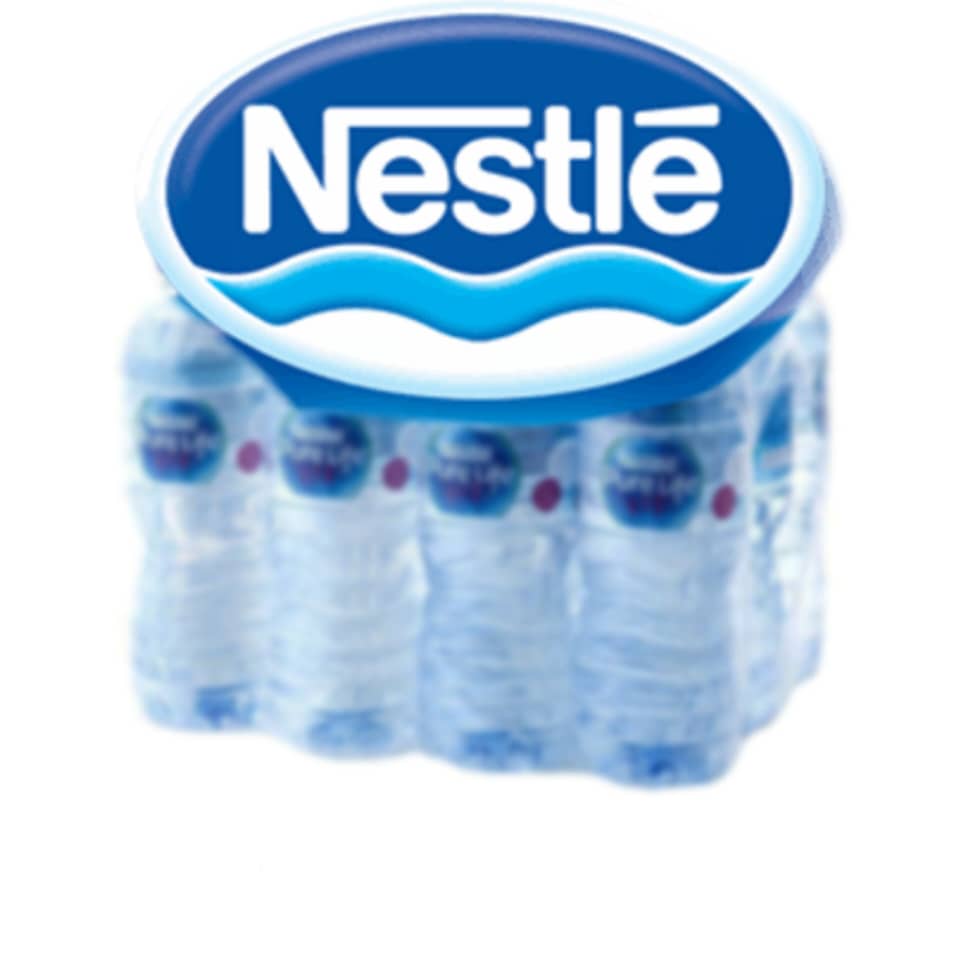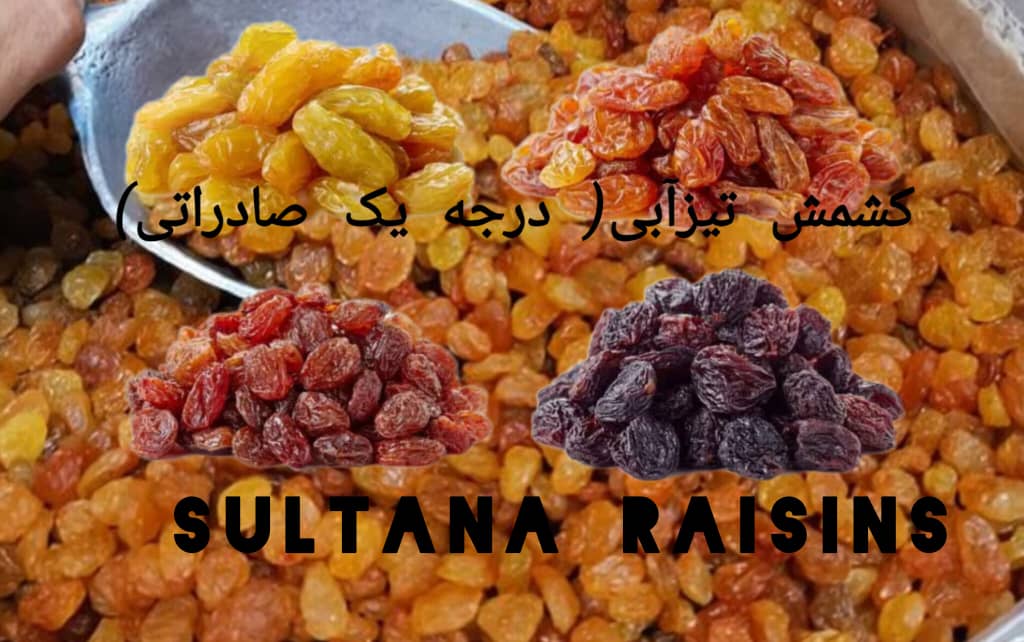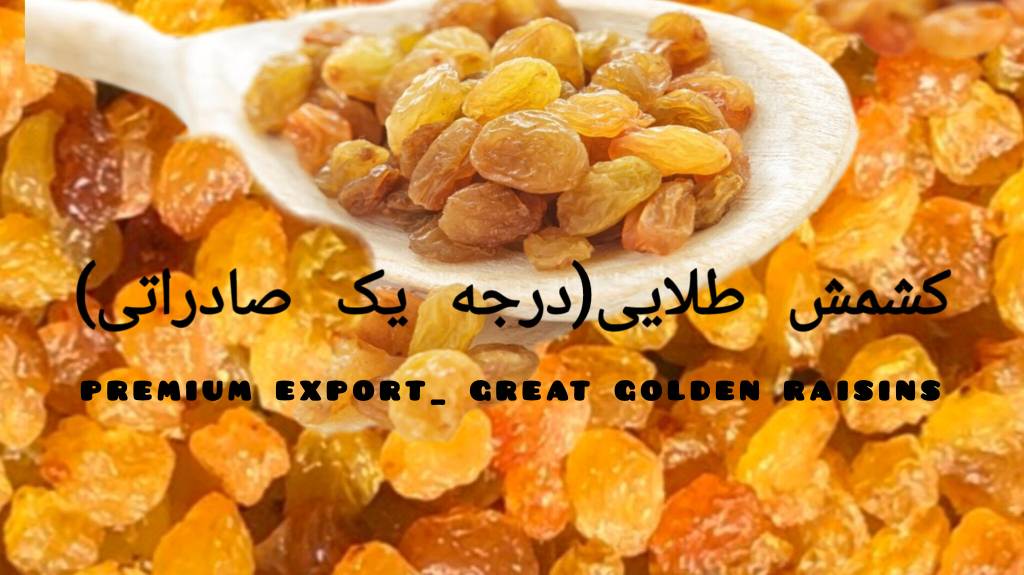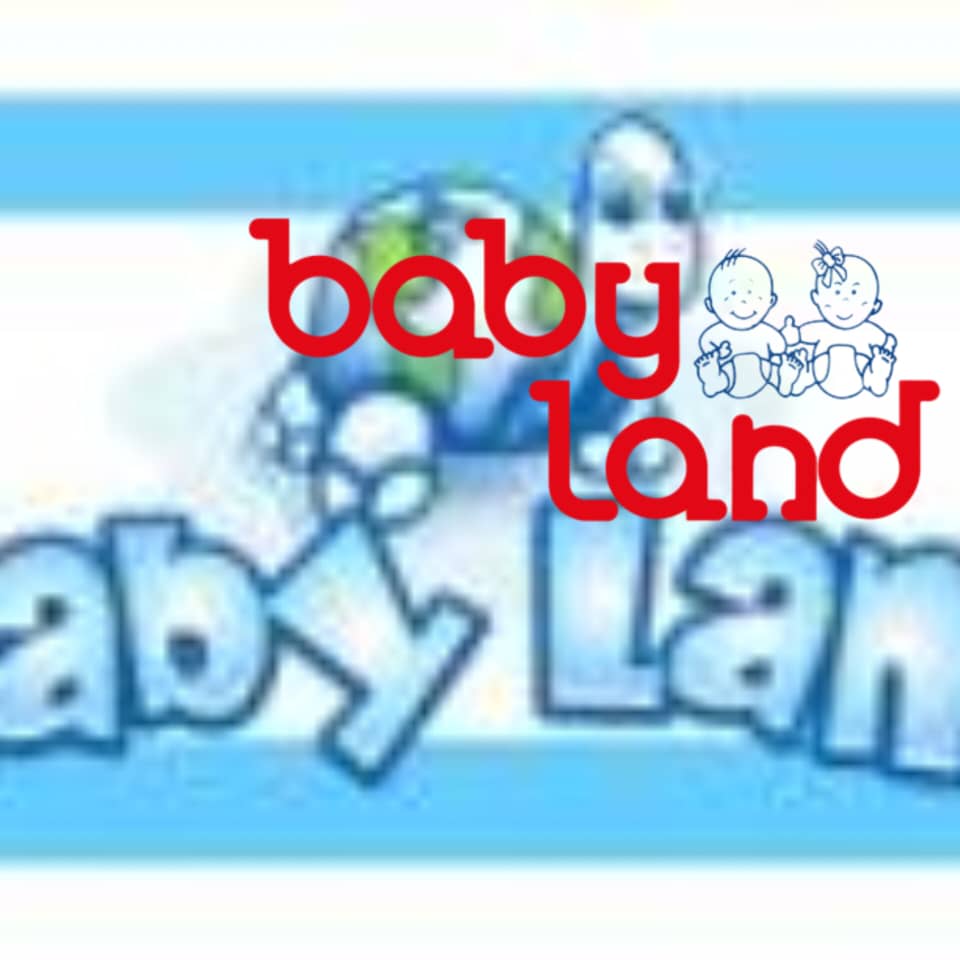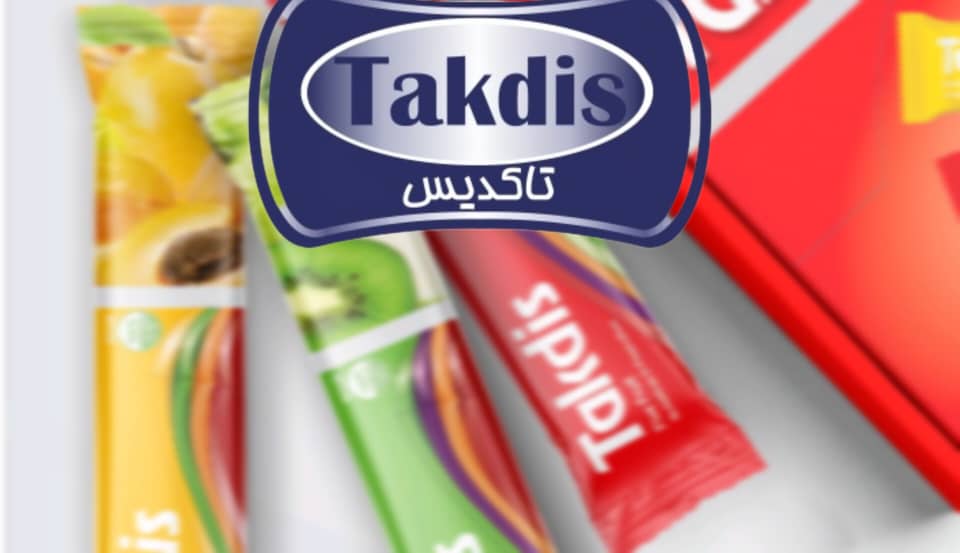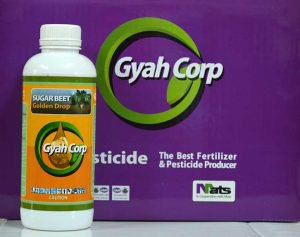
- Seen : 682 View
Sugar beet is a two-year plant from the spinach family, whose roots are used industrially in the first year, and in the second year, its flowering stem appears, then flowers and seeds are produced. The fruit of sugar beet is hazelnut and can have several buds.
Different types of sugar beet:
Type E: In this type, the quantity of the product is high, but the percentage of sugar is less than other types (about 14 to 15%). This type has the maximum product in terms of roots, leaves and sugar. Therefore, it should be planted in a soil that has a lot of nutrients or it should be provided with the necessary materials. In addition, it is a late variety and is suitable for areas with a long growing season and fertile soil.
Type N: The leaves and roots of this type are smaller than type E. Its root and leaf yield is less than E and C types.
Type Z: This type of conical root is narrow and elongated, and its leaves are thinner and less than the other two types. The percentage of sugar in this type is higher than N, E types, but its yield is less. In addition, it is earlier. Its cultivation is more suitable in tropical regions. The weight of its root is half a kilo on average.
Type ZZ: The sugar percentage of this type is much higher than other types, and its yield is very low, and it is not economically viable to grow it. But it is more resistant than other types.
In Iran, mostly the N type is planted, but today, except for the mentioned types of sugar beet that have 2n chromosomes equal to 18 (i.e. diploid), tetra and triploid types are also available in the market, and the amount of sugar is also higher than in European countries, and it can be easily He harvested up to 21% or more from sugar beet.
Sugar beet nutrition can be divided into three stages:
The first stage: it is up to one and a half months after the greening, in this stage there is not much absorption and a relatively small amount of nitrogen, phosphorus and potassium is absorbed, but the activity and absorption of sodium and calcium is relatively high in this period, and for providing nutrients in this stage In the first and second stages, we should add all the required phosphates and potash (if needed) to the soil in the fall. At this stage, the root is not fully developed.
In the second stage, the root has developed and the leaves have covered the ground. At this stage, the required nutrients should be available to the plant. This stage continues until 140 days after planting.
In the third stage, except for nitrogen and potassium, the absorption of other solutes decreases, but the absorption of materials continues until the harvest. Due to the fact that a lot of nitrogen (increase of free amino acids) in the sugar beet root causes disturbances in the sugar industry, one should refrain from giving nitrogen fertilizers in the third stage. The result was obtained from the base fertilizer and the fertilizer fertilizer, pay attention to the following points when planning the fertilizer.
If the ratio of phosphorus is low, the amount of rotten beets in the factory and warehouse is more than the beets where the ratio of nitrogen, phosphorus and potash is observed.
If we give a large amount of nitrogen fertilizer alone, harmful nitrogen (free amino acids) and soluble mineral salts will increase.
Dividing fertilizer in different stages makes the plant better able to use them, the amount of fertilizer that we can give to the ground depends on other cultivation factors such as irrigation water, the type of soil and its fertility and soil humus, but on average it is around 150 A kilo of nitrogen is 60 kilos of P2O5 and depending on the type of soil, it is up to 200 kilos of K2O per hectare.
In soils with a high amount of calcium (soils with high pH and a lot of lime), the movement of some elements such as manganese, boron, iron and zinc is disrupted and the plant cannot absorb them well.
Like other tuberous plants, beetroot is sensitive to boron deficiency, and this deficiency causes rotting and drying of the beet root, which must be compensated with boron-containing fertilizers.
Today, it has been proven that the sugar beet plant has an urgent need for vinegar fertilizer, and this vinegar fertilizer has nothing to do with the amount of fertilizer calculated and given before planting. Vinegar fertilizer has increased the yield and its quality, and with this vinegar fertilizer, we can deliver microelements together with macroelements to the sugar beet plant. For vinegar fertilizer, you can use normal gold drop or gold drop. Gold drop contains nitrogen, phosphorus, potassium and microelements (iron, zinc, copper, boron, manganese, magnesium and molybdenum). The amount of boron is more in the drop of boron gold for tuberous plants. If boron deficiency is seen, it can be used.
Sugar beet gold drop:
Sugar beet gold drop is a liquid foliar fertilizer that is made to stimulate flowering and fruit formation in the soil conditions of Iran. The use of this fertilizer increases crop production. This fertilizer can be used in all agricultural and garden crops, including fruit trees, vegetables, legumes, cereals and ornamental flowers. This fertilizer is able to supply all the nutrients needed by the plant. The micronutrient elements in this fertilizer are in the form of chelates, which are more easily absorbed by the plant.
Saler Company Information




